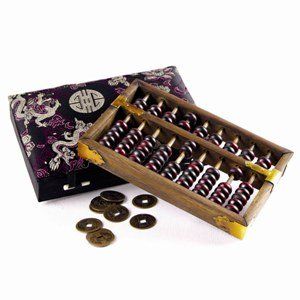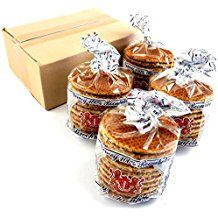Description
This typical product from China has its roots somewhere in the 2nd century BC. At least that is when this typical Chinese gift product was first documented.
In China, they call this the “suanpan” or literally “counting tray”.
Typically they are about 20 centimeters tall (8 in). It’s width can vary.
It usually has more than seven rods. There are two beads on each rod in the upper deck and five beads each in the bottom for both decimal and hexadecimal computation. The beads are usually rounded and made of a hardwood. The beads are counted by moving them up or down towards the beam. If you move them toward the beam, you count their value.
- Chinese Abacus with Coins
- Size: 7.5″ x 5″ (19cm x 12.5cm)
- Elegant silk box holds one of China’s many inventions: the Abacus. Still used today, especially in small stores – an abacus can easily match the speed of a calculator.
- Including 10 Chinese coins.






